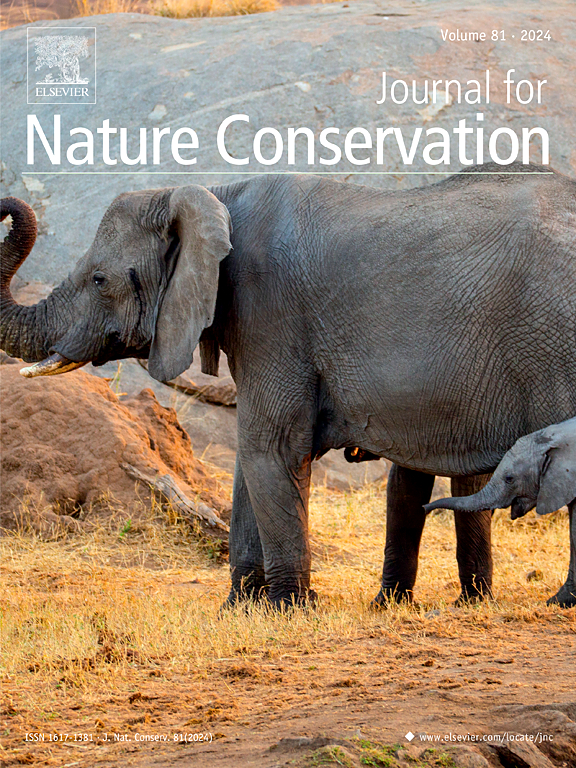-
Partager cette page
Vulnerability assessment of natural heritage in the North-Eastern Ecuadorian Amazon using land use cover and nature protection status
Nouvel article co-écrit par Mehdi Saqalli

Abstract :
This study evaluates the vulnerability of natural heritage in the Northeast Ecuadorian Amazon (NEA), from the perspective of intrinsic vulnerability. Therefore, two proxy indicators of vulnerability were established: (i) the ecological integrity vulnerability index (EIVI), indicating the potential loss of ecological integrity, assessed by protection status (2018); (ii) the biological diversity vulnerability index (BVI), deriving the potential loss of biological diversity, using land cover/land use (2014). Biodiversity values were derived with land cover-related biodiversity data, and (iii) compared with spatial congruence/correlation between (i) and (ii). The EIVI was directly derived using protection status, which defines vulnerability levels by ranking them according to corresponding levels of anthropic development allowance.
A robust relationship between land use classes and species richness was found for both endemic vascular plants in neotropical regions and multi-taxa in tropical forests worldwide, validating the BVI. Furthermore, the moderate spatial correlation between protection status and land cover (r = 0.52) may be partially explained by 3,060 km² of unprotected primary forest. Overall, 42 % of the NEA have a high degree of congruence between potential biodiversity and protection status.
In conclusion, this study provides insights into nature conservation efforts in areas with sparse biodiversity data using readily available geographic information.
Lisez l'intégralité de m'article sur le site https://www.sciencedirect.com/





